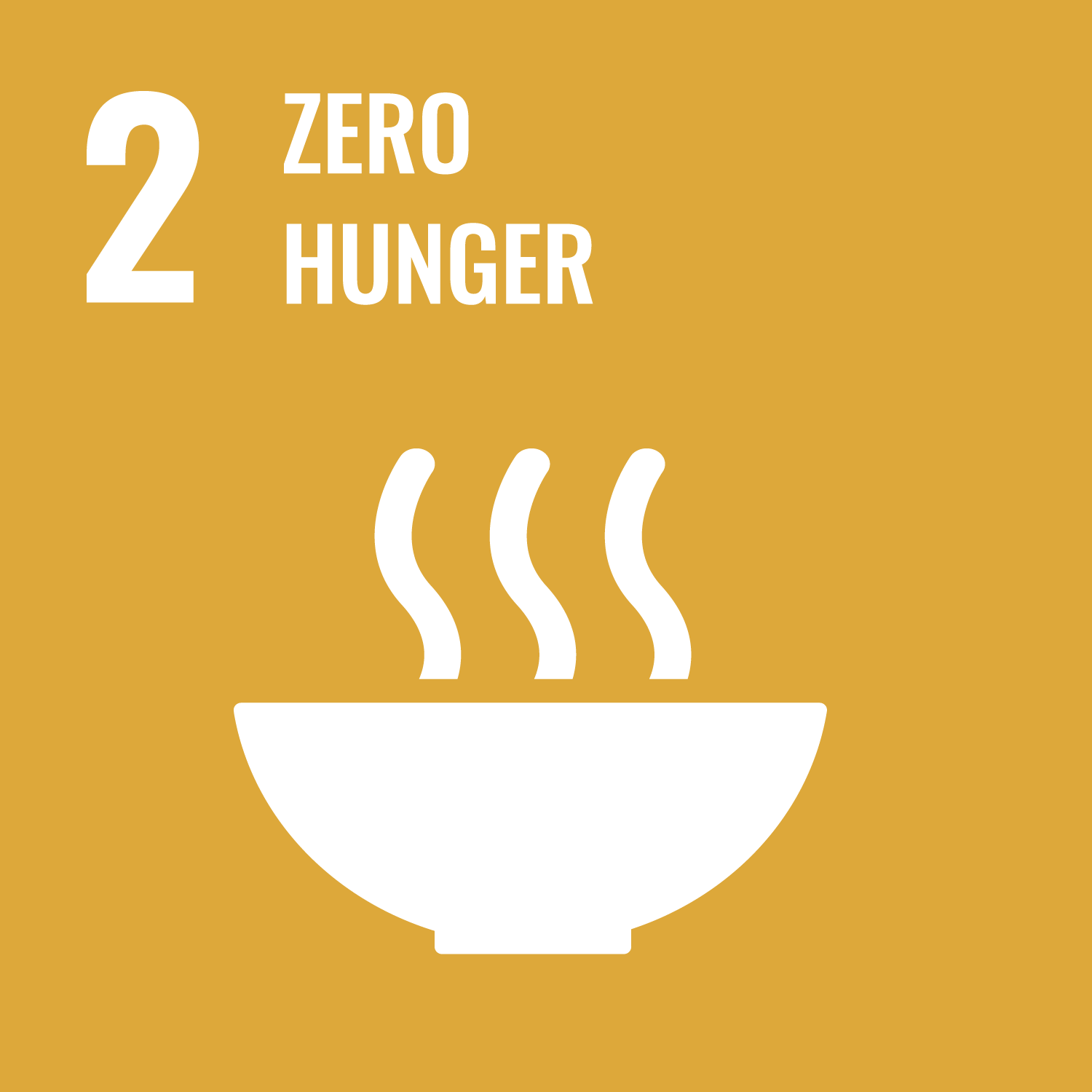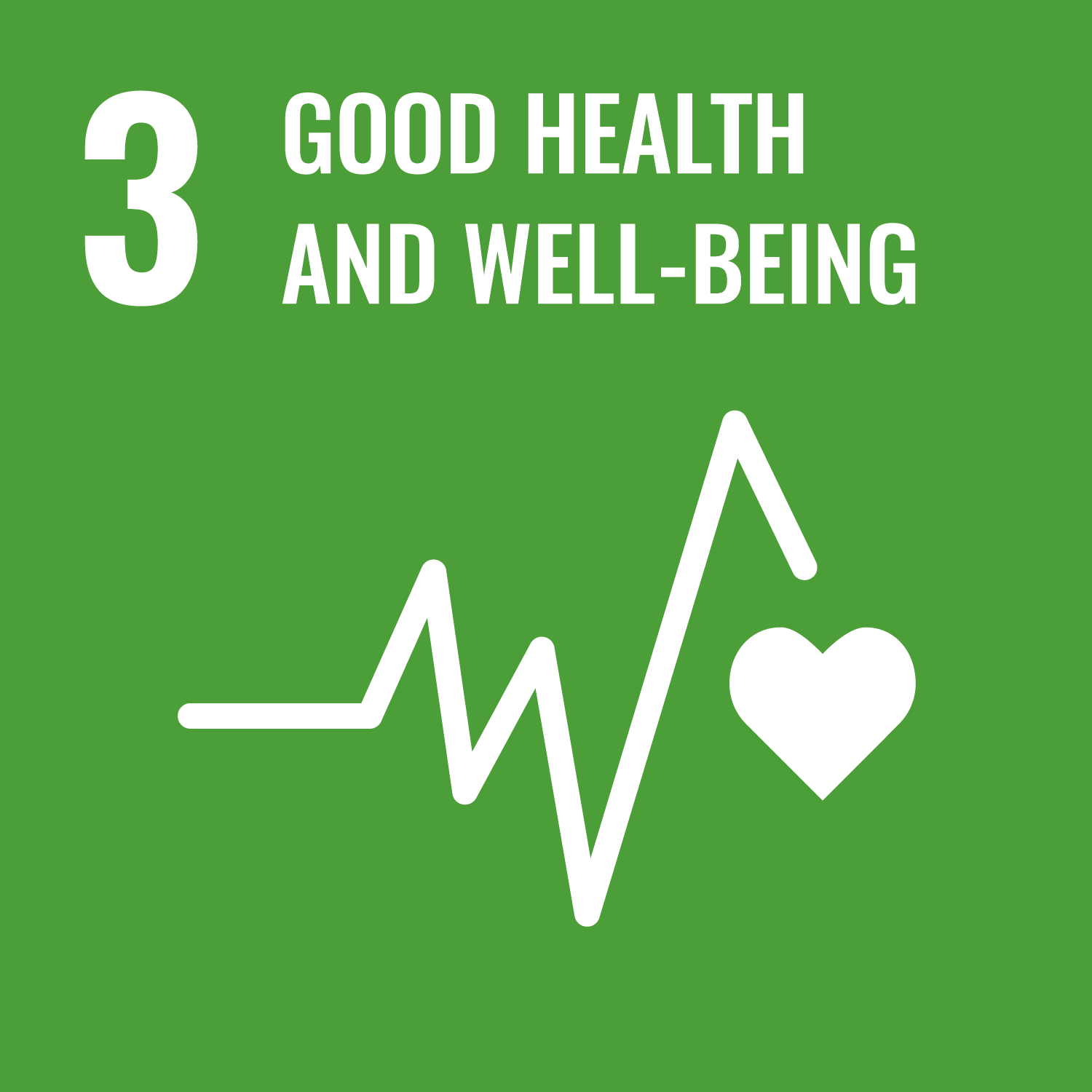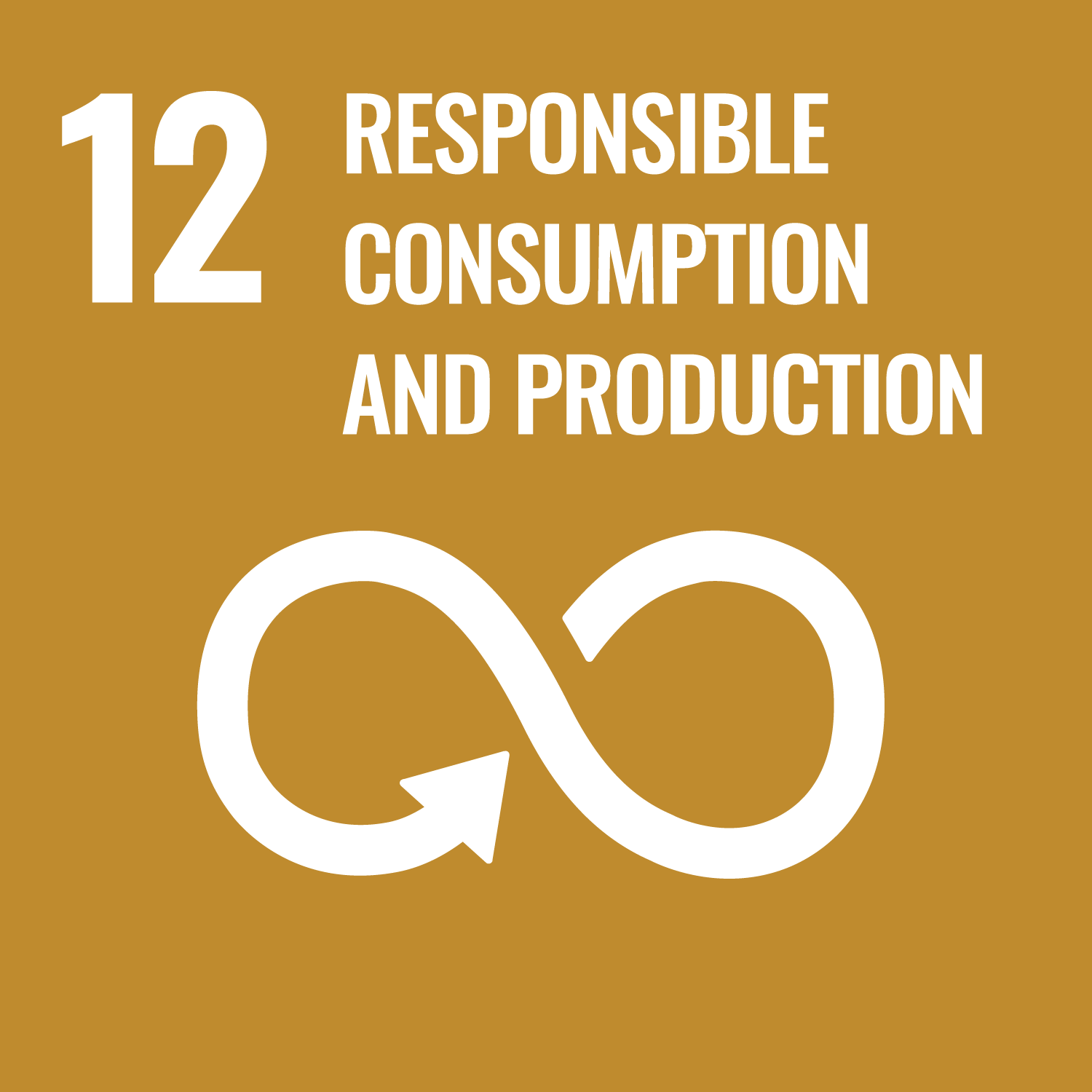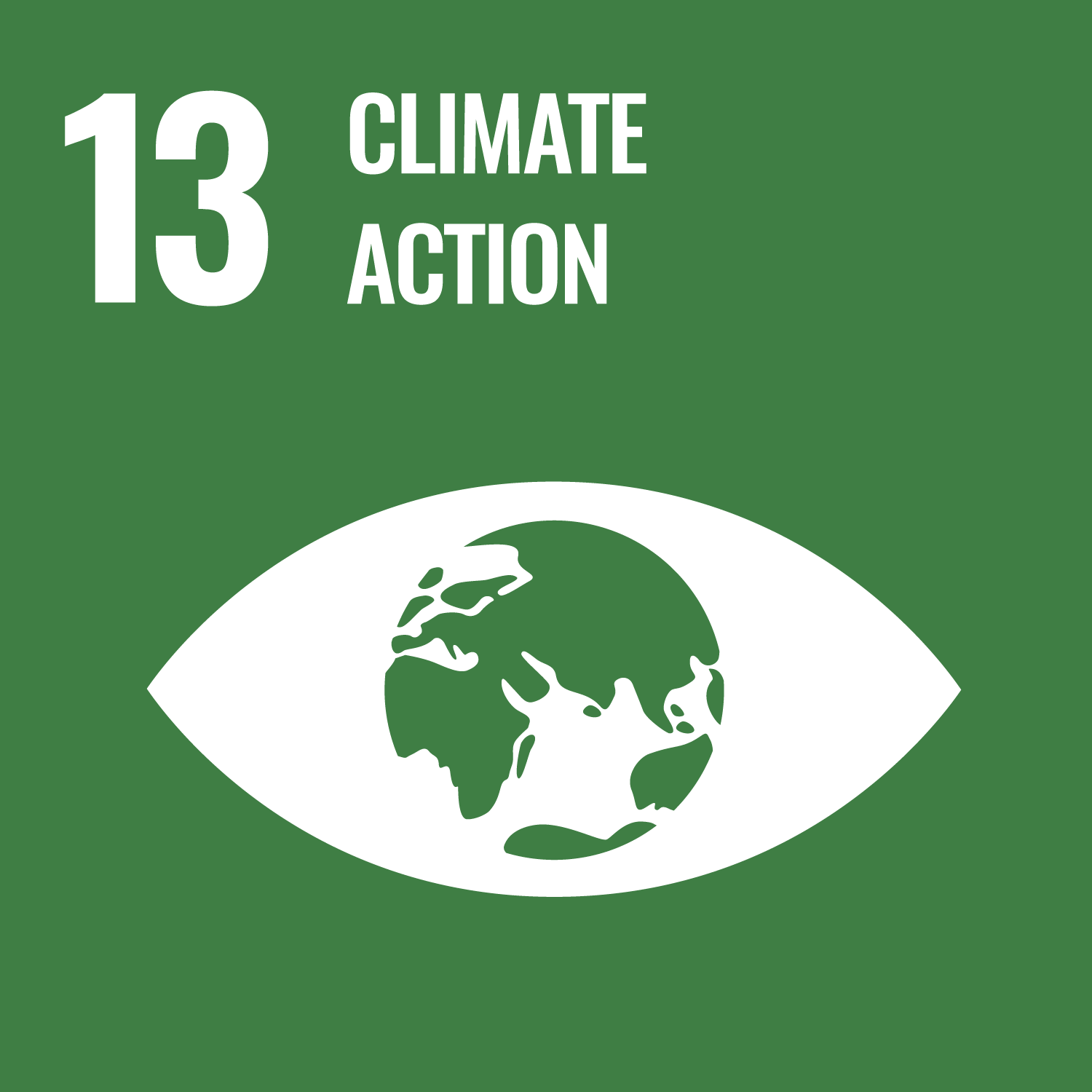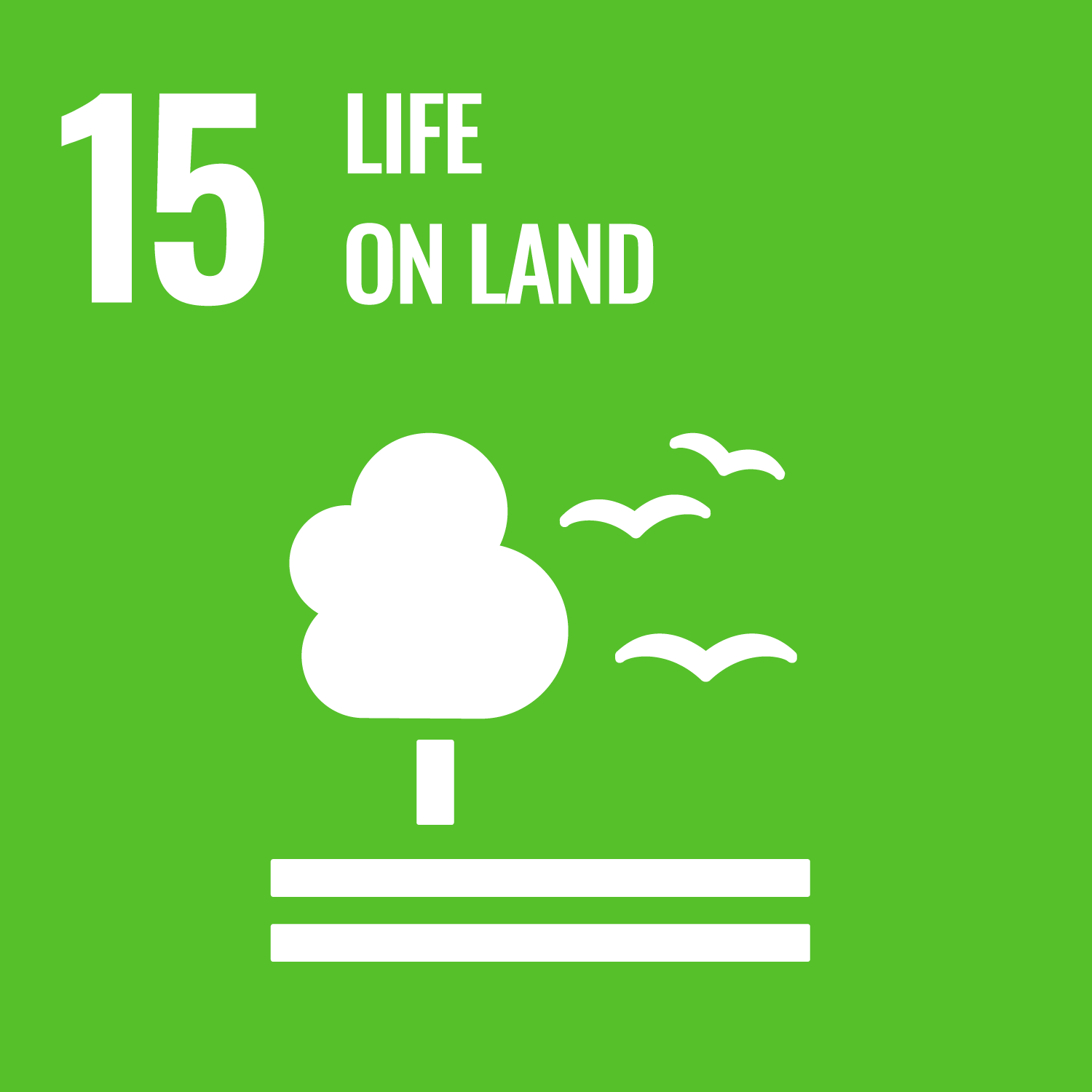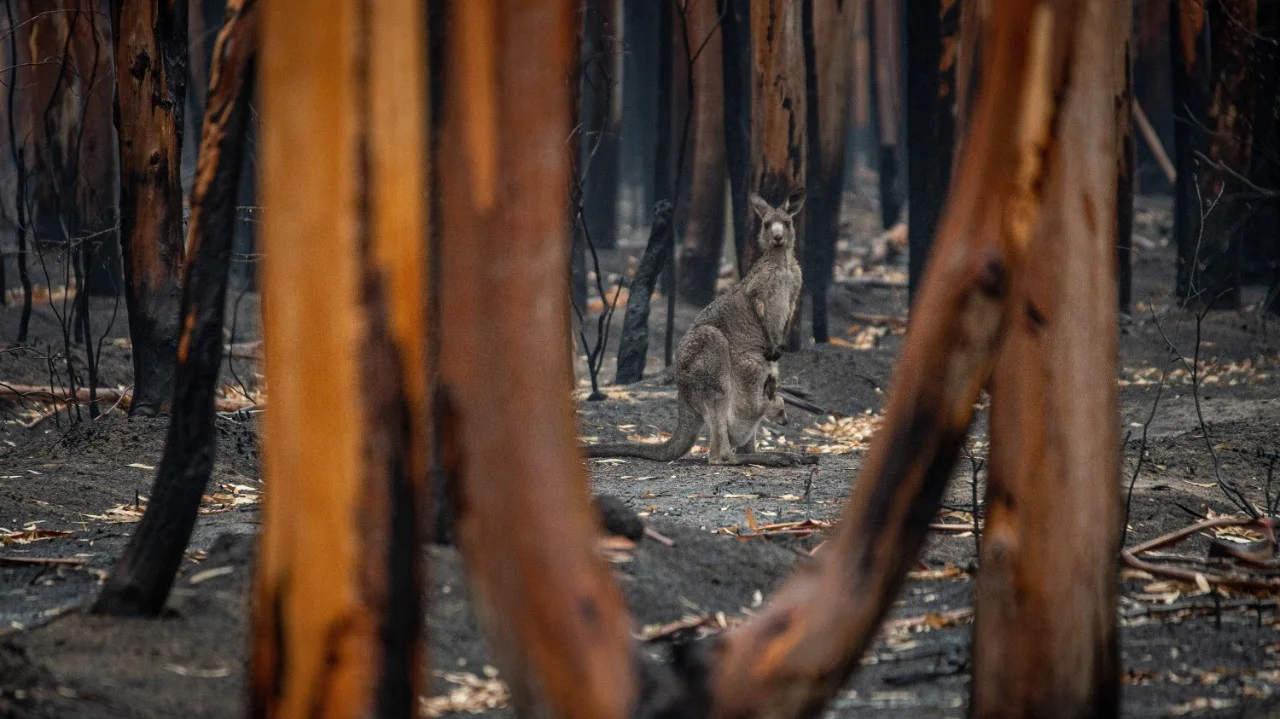You can search for courses, events, people, and anything else.
We are determined to protect the planet from degradation, including through sustainable consumption and production, sustainably managing its natural resources and taking urgent action on climate change, so that it can support the needs of the present and future generations.
PRIORITY STATEMENTS
SUSTAINABLE DEVELOPMENT GOALS
SDG 2.5: By 2020, maintain the genetic diversity of seeds, cultivated plants and farmed and domesticated animals and their related wild species, including through soundly managed and diversified seed and plant banks at the national, regional and international levels; and promote access to and fair and equitable sharing of benefits arising from the utilisation of genetic resources and associated traditional knowledge, as internationally agreed.
SDG 3.b: Support the research and development of vaccines and medicines for the communicable and non-communicable diseases that primarily affect developing countries; provide access to affordable essential medicines and vaccines, in accordance with the Doha Declaration on the TRIPS Agreement and Public Health, which affirms the right of developing countries to use to the full the provisions in the Agreement on Trade-Related Aspects of Intellectual Property Rights regarding flexibilities to protect public health; and, in particular, provide access to medicines for all.
SDG 3.9: By 2030, substantially reduce the number of deaths and illnesses from hazardous chemicals and air, water and soil pollution and contamination.
SDG 6.3: By 2030, improve water quality by reducing pollution, eliminating dumping and minimising release of hazardous chemicals and materials, halving the proportion of untreated wastewater and substantially increasing recycling and safe reuse globally.
SDG 6.6: By 2020, protect and restore water-related ecosystems, including mountains, forests, wetlands, rivers, aquifers and lakes.
SDG 12.4: By 2020, achieve the environmentally-sound management of chemicals and all wastes throughout their life cycle, in accordance with agreed international frameworks, and significantly reduce their release to air, water and soil in order to minimise their adverse impacts on human health and the environment.
SDG 13.1: Strengthen resilience and adaptive capacity to climate-related hazards and natural disasters in all countries.
SDG 14.c: Enhance the conservation and sustainable use of oceans and their resources by implementing international law as reflected in United Nations Convention on the Law of the Sea, which provides the legal framework for the conservation and sustainable use of oceans and their resources, as recalled in paragraph 158 of "The future we want".
SDG 14.2: By 2020, sustainably manage and protect marine and coastal ecosystems to avoid significant adverse impacts, including by strengthening their resilience, and take action for their restoration in order to achieve healthy and productive oceans.
SDG 15.1: By 2030, ensure the conservation, restoration and sustainable use of terrestrial and inland freshwater ecosystems and their services, in particular forests, wetlands, mountains and drylands, in line with obligations under international agreements.
SDG 15.5: Take urgent and significant action to reduce the degradation of natural habitats, halt the loss of biodiversity and, by 2020, protect and prevent the extinction of threatened species.
SDG 15.8: By 2020, introduce measures to prevent the introduction, and significantly reduce the impact of, invasive alien species on land and water ecosystems and control or eradicate the priority species.
‘If I could wave a magic wand at this really pivotal time in Western Sydney when we’re competing against road corridors, rail corridors, airports, immigration of 200,000 people, a bourgeoning industry – you name it, we’ve got it and it’s all happening here on this particular corridor called the Cumberland Conservation Corridor. There are a couple of links that aren’t protected and if I had a few million bucks and the government had the wherewithal you’d be acquiring those really key sites to make sure this Cumberland Conservation Corridor formed a permanent link. And it’s just – I can’t tell you – we need these links between these core biodiversity areas … We just need to make sure that those links right now are protected because five, ten years from now, they’ll be gone for sure …”
- PRIVATE LANDHOLDER, CUMBERLAND STEPPING STONES PROJECT
SNAPSHOT
Biodiversity and riparian zones in Western Sydney
- Cumberland Plain Woodland (CPW) in the Sydney Bioregion is listed as a critically ecological community with less than 6% of original bushland remaining.
- The Western Parkland City is projected to grow from 740,000 people in 2016 to 1.1 million by 2036, and to well over 1.5 million by 2056, and the Western Sydney region will need to include dedicated areas for green spaces.
- Along the waterways of Western Sydney, regulated wastewater and sewerage treatment plants discharge into our rivers adding to environmental flows.
This priority statement recognises the interdependence of humans and the environment. Australia has a highly variable climate with a naturally occurring cycle of wet and dry periods. Droughts and fires are an expected product of this variability, although their severity and frequency are changing due to climate change. Our lack of resilience is evidenced by the current crisis in the Murray-Darling Basin. This region is not just a food bowl, but a living ecosystem that depends on interconnected natural systems, which underpins the livelihoods of 2.6 million people and agricultural production worth more than A$24 billion9. Over- extraction risks the health of the entire basin, and its capacity to sustain productive regional economies for future generations. The impacts of drought are all-encompassing: the damage to crops, pastures and environment; the uncontrollable fires that can take hold in dried-up forests and grasslands; the lack of water in dams and rivers that stops them from functioning; and consequent societal and economic disaster.
Climate scientists and ecologists have demonstrated that climate change influences the frequency, seasonality and inter-annual variability of suitable, prescribed, burning weather conditions in south-eastern Australia. The bushfires from late 2019 to February 2020 unfortunately demonstrate the interconnectedness of our natural and social systems.
According to the CSIRO bushfires burnt an estimated 10 million hectares in southern Australia– roughly a fifth of Australia’s temperate forest biome – following an extended period of drought amplified by climate change. An estimated one billion animals were killed, and some endangered species may be driven to extinction. At its peak, air quality dropped to hazardous levels across many Australian cities and NASA estimated that 306 million tonnes of CO2 had been emitted. During the crisis 34 people died and as of April 2020, close to 18,000 Australians remain internally displaced. An estimated 5,900 buildings were destroyed, and the response and recovery effort exceeded A$4.5 billion, with tourism sector revenues falling more than A$1 billion. Aboriginal people were among those most affected.
The University’s main campus network is situated on traditional Aboriginal lands across the Cumberland Plain Basin and bounded by the major river systems of Sydney – the Hawkesbury, Nepean, Parramatta and Georges Rivers. Cumberland Plain Woodland (CPW) communities are endemic to Western Sydney and are classified as critically endangered by state and commonwealth legislation. This bushland has been reduced to less than 6% of their original extent due to extensive clearing for agriculture and urban development. Remnant patches are present but are small and scattered, degraded by human disturbances and weed invasion.
Outside of protected areas, urban development is squeezing and restricting remnant bushland to low-lying areas in Western Sydney – often located along the region’s riparian zones and flood prone. We are fortunate to have the third largest stand of CPW on our Hawkesbury Campus and access to rivers and waterways for our teaching and learning.
Recognising the importance of learning from Indigenous knowledges, this priority statement builds on Western Sydney University’s Indigenous Strategy. Western’s Indigenous Strategy is a conduit for progress in a region that is home to one of the largest urban Indigenous populations in the country. Australian Aboriginal peoples’ concept of and relational connections to ‘Country’ have been documented by Aboriginal Elders and Indigenous and non-Indigenous academic researchers. The meaning of the English word ‘country’ has been transformed into a ‘multidimensional, relational, connective, life-giving, flowing, recursive, consubstantial matrix’ where Country is sentient and Aboriginal people sing, talk and grieve for Country (Rose, 1996, Somerville, 2014). There is much to learn from collaborative approaches and learning with the oldest continuing culture in the world. Through a ‘Caring for Country’ and ‘Regenerative Systems’ priority this Decadal Strategy can genuinely contribute to the building of Indigenous cultural viability and knowledge while supporting sustainability and resilience efforts.
STRATEGIC ACTIONS TO 2030
- Deliver 21C Curriculum Challenge ‘Global Citizens’ to develop graduates that are globally informed and locally engaged, culturally competent with a focus on First Nations knowledges, adept communicators, and stewards of our Western Sydney community; and
- Establish a transdisciplinary Planetary Health and SDG teaching hub for campuses drawing on each campus’ assets and community connections such as the Hawkesbury Water Recycling Scheme, Wetlands Monitoring Centre and Parramatta River.
- Incorporate Indigenous language and identifiers throughout all campuses;
- Seek to embed Indigenous knowledge in all operational initiatives; and
- Vegetation Management Plans for all campuses linked to active bushcare/landcare groups.
- Implement a CORE agenda on cultural burning and biodiversity management;
- Partner in the establishment of a Planetary Health Leadership Centre in the Blue Mountains; and
- Establish a UNESCO Chair Planetary Health.
- Partner with Aboriginal and Torres Strait Islander people in inclusive collaborations;
- Support Hawkesbury River International Waterkeeper’s Alliance, Parramatta, Georgesand Cooks Riverkeeper’s networks; and
- Increase connectivity with the Himalayan Universities Consortium (HUC) on Sustainable Mountain Development.
EXPLORE OTHER PRIORITY STATEMENTS
Enable urban resilience and adaptive capacity in our region.
Step up efforts to support climate action in our region.
Enact new visions for economic transitions through ethical economic and ecological relationships.
Harness the benefits of AI and automation in planning for sustainability.
Promote agroecological principles for just food systems.
Activate environmental justice and social inclusion to tackle inequality in our region.
Collaborate with regional, national and international organisations across all sectors to deliver impact across these priority statements.
Engage with the Strategy
Browse the 'PLANET' themed submissions below or submit your own work which supports the strategy by clicking the button below.

